- No products in the cart.
Tsetrin tab p / 10 mg of the film 20 pc
$3.06
Tsetrin tab p / 10 mg of the film 20 pc
Description
Composition
Active substance:
Cetirizine dihydrochloride 10 mg
Excipients:
Lactose, corn starch, povidone (K-30), magnesium stearate, hypromellose, macrogol 6000, titanium dioxide, talc, sorbic acid, polysorbate 80, dimethicone.
Description:
Round biconvex tablets, film-coated white or almost white, with the mark on one side. The cross-sectional core from white to almost white color.
Product form:
Tablets, film-coated, 10 mg.
10 tablets in PVC / aluminum blister. 2 blisters together with instructions for use packed in a cardboard pack.
Contraindications
– hypersensitivity (including to hydroxyzine);
– pregnancy, breast-feeding;
– Children under 6 years (for a given dosage form).
Carefully
Chronic renal failure (moderate and severe degrees of severity – required correction mode), older age (perhaps decreased glomerular filtration).
Dosage
10 mg
Indications
– seasonal and perennial allergic rhinitis;
– allergic conjunctivitis;
– pollinosis (hay fever);
– urticaria, including chronic idiopathic urticaria;
– pruritic dermatoses, allergic (atopic dermatitis, neurodermatitis);
– angioedema (Quincke’s edema).
Interaction with other drugs
Pharmacokinetic interactions with pseudoephedrine, cimetidine, ketoconazole, erythromycin, azithromycin, diazepam and glipizide detected.
Co-administration with theophylline (400 mg / d) reduces the total clearance of cetirizine (kinetics of theophylline is not changed).
Myelotoxic drugs increase the expression gematotoksichnosti drug.
Overdose
Symptoms (occur when receiving a single dose of 50 mg) – dry mouth, drowsiness, urinary retention, constipation, anxiety, irritability.
Treatment: gastric lavage, the appointment of symptomatic drugs. There is no specific antidote. Hemodialysis is ineffective.
pharmachologic effect
Pharmacological group:
Antiallergic agent – H1-histamine receptor blocker.
Pharmacodynamics:
A competitive antagonist of histamine, hydroxyzine metabolite, inhibit H1-histamine receptors. It prevents the development and facilitates the allergic reactions has antipruritic and protivoekssudativnoe action. It affects early stage of allergic reactions limit release of inflammatory mediators on “late” stage of an allergic reaction, reduces migration of eosinophils, neutrophils and basophils. It reduces the permeability of capillaries, prevents the development of tissue edema, relieves spasm of smooth muscles.
Removes skin reaction to the introduction of histamine, specific allergens, and cooling (when cold urticaria). Reduces gistaminoindutsirovannuyu bronchoconstriction in asthma lung flow.
Virtually no anticholinergic and antiserotoninovogo action.
At therapeutic doses, practically does not cause sedation. Starting effect after single dose of 10 mg of cetirizine – 20 min, lasting more than 24 hours at background course of treatment tolerance cetirizine antihistaminic action does not develop.. After termination of the treatment effect persists up to 3 days.
Pharmacokinetics:
Rapidly absorbed from the gastrointestinal tract, the time to reach maximum concentration (TCmax) after ingestion -. About 1 hour Food does not affect the suction fullness (AUC), but extend for 1 hour TCmax and reduces the value of the maximum concentration (Cmax) 23% . When receiving 10 mg 1 time per day is 310 ng for 10 days, the equilibrium drug concentration (Css) of plasma / ml and observed after 0.5-1.5 hours after administration. Communication with plasma proteins – 93%, and does not change when the concentration of cetirizine in the range of 25-1000 ng / ml. Pharmacokinetic parameters of cetirizine varies linearly in appointing him a dose of 5-60 mg. The volume of distribution – 0.5 l / kg.
In small quantities, it is metabolized in the liver by O-dealkylation with a pharmacologically inactive metabolite (unlike other blockers of histamine H1-receptor metabolized in the liver cytochrome P450 system). Cetirizine is not cumulated. About 2/3 of the drug is excreted unchanged by the kidneys and about 10% – with the feces.
Systemic clearance – 53 ml / min. The half-life (T1 / 2) in adults – 10 hours, in children 6-12 years old – 6 hours, 2-6 years – 5 hours, 0.5-2 years – 3.1 hours in elderly patients T1 / 2 increases. 50%, systemic clearance is reduced by 40% (reduction of renal function).
In patients with renal impairment (creatinine clearance less than 40 mL / min), clearance of the drug decreases, and T1 / 2 is lengthened (as in patients on hemodialysis, total clearance is reduced by 70% at 0.3 ml / min / kg and T1 / 2 is elongated by 3 times), which requires a corresponding change in the dosing regime. Almost is not removed during hemodialysis.
In patients with chronic liver diseases (hepatocellular, cholestatic or biliary cirrhosis) marked elongation T1 / 2 by 50% and reduced total clearance of 40% (a correction mode requires only with concomitant reduction in glomerular filtration rate). It passes into breast milk.
Pregnancy and breast-feeding
Pregnancy
In the analysis of prospective data of pregnancy outcomes revealed no cases of the formation of malformations, fetal and neonatal toxicity with a clear cause-and-effect relationship.
Animal studies did not reveal any direct or indirect adverse effects of cetirizine on the developing fetus (including those in the postnatal period), during pregnancy and childbirth.
Controlled clinical studies on the safety of the drug during pregnancy has not been so cetirizine should not be used during pregnancy.
Breast-feeding
Cetirizine is excreted in breast milk at a concentration representing 25% to 90% of the plasma concentration of the drug, depending on the application time. During breast-feeding, drug use after consulting with your doctor if the intended benefits to the mother outweighs the potential risk to the child.
fertility
Available data on the effect on human fertility is limited, but a negative effect on fertility has not been revealed.
Conditions of supply of pharmacies
Without recipe.
side effects
Tsetrin® usually well tolerated. In some cases, may include drowsiness, dry mouth; rarely – headache, dizziness, headache, discomfort in the gastrointestinal tract (dyspepsia, abdominal pain, flatulence), allergic reactions (angioedema, rash, urticaria, pruritus).
special instructions
At doses exceeding 10 mg / day capacity for rapid reactions may deteriorate.
The recommended dosage does not enhance the effects of ethanol (at a concentration of not more than 0.8 g / l), nevertheless it is recommended to refrain from drinking during treatment.
For children’s age (2 years) Tsetrin® applied in the form of syrup.
Effect on driving ability
During the period of treatment must be careful when driving and occupation of other potentially hazardous activities that require high concentration and psychomotor speed reactions.
Storage conditions
At temperatures above 25 ° C.
Keep out of the reach of children!
Dosing and Administration
Inside, regardless of the meal is not liquid, tablets washed down with 200 ml of water.
Adults – 10 mg (1 tab.) 1 time per day or 5 mg (1/2 tab.), 2 times per day.
Children older than 6 years – 5 mg (. 1/2 tab) 2 times a day or 10 mg (1 tab.) 1 times a day.
In patients with reduced renal function (creatinine clearance of 30-49 ml / min) is prescribed 5 mg / day (1/2 tab.), With severe chronic renal failure (creatinine clearance of 10-30 ml / min) – 5 mg / day ( 1/2 tab.) a day.
Information
Appearance may differ from that depicted in the picture. There are contraindications. You need to read the manual or consult with a specialist
Additional information
| Weight | 0.100 kg |
|---|---|
| Manufacturer | Tsetrin |

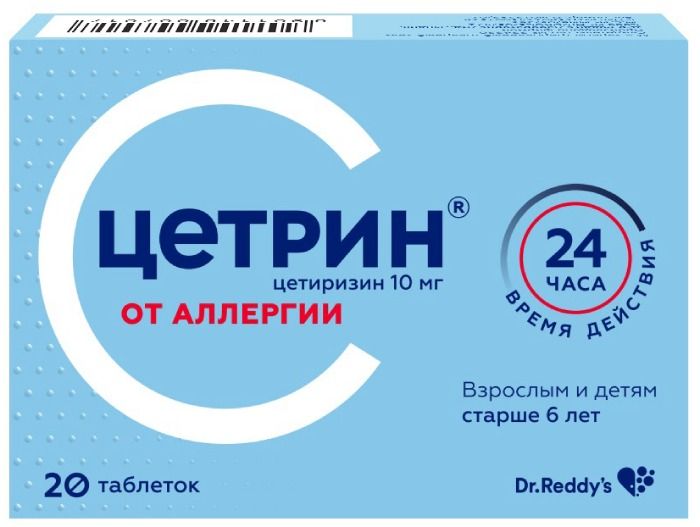
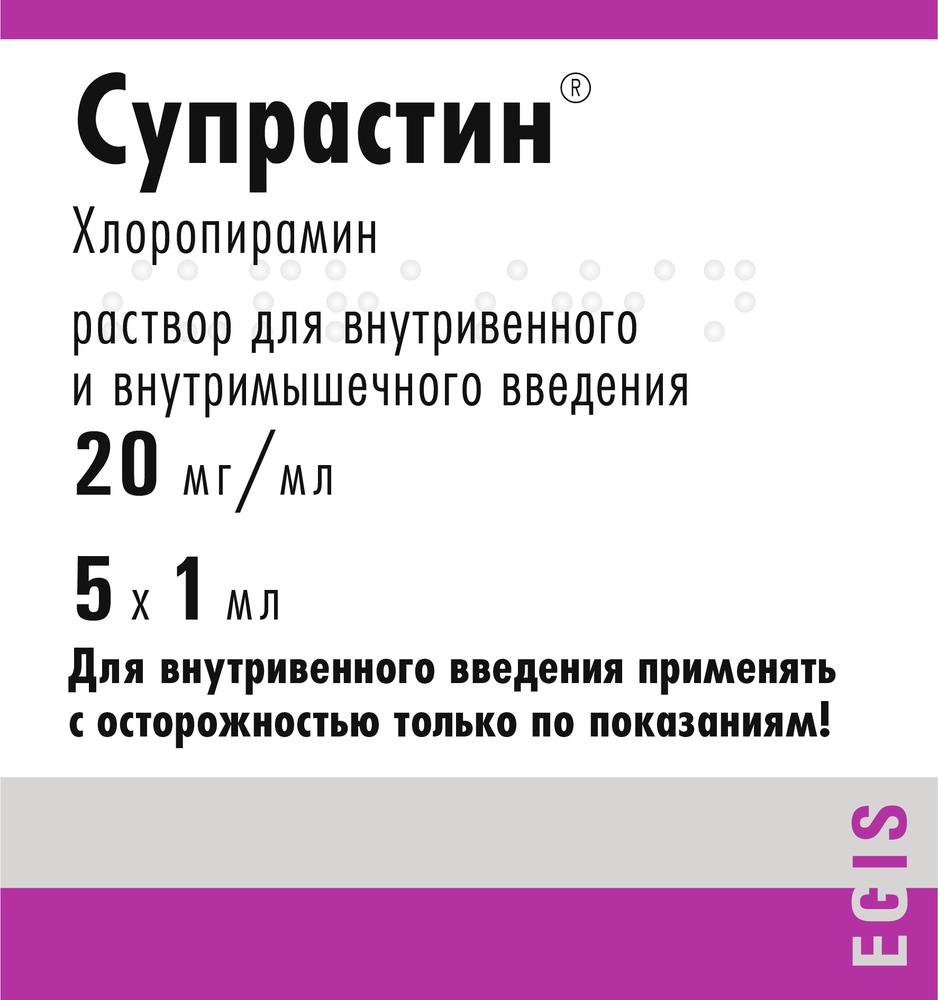
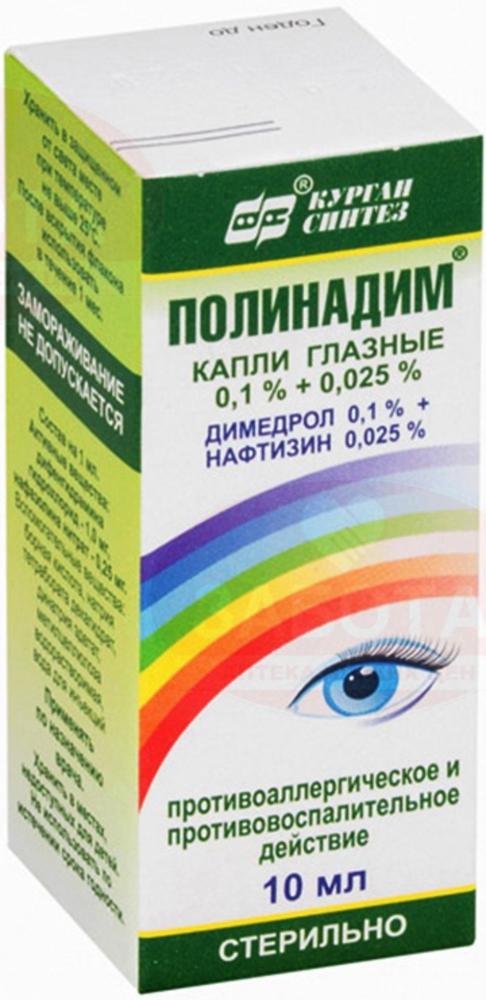

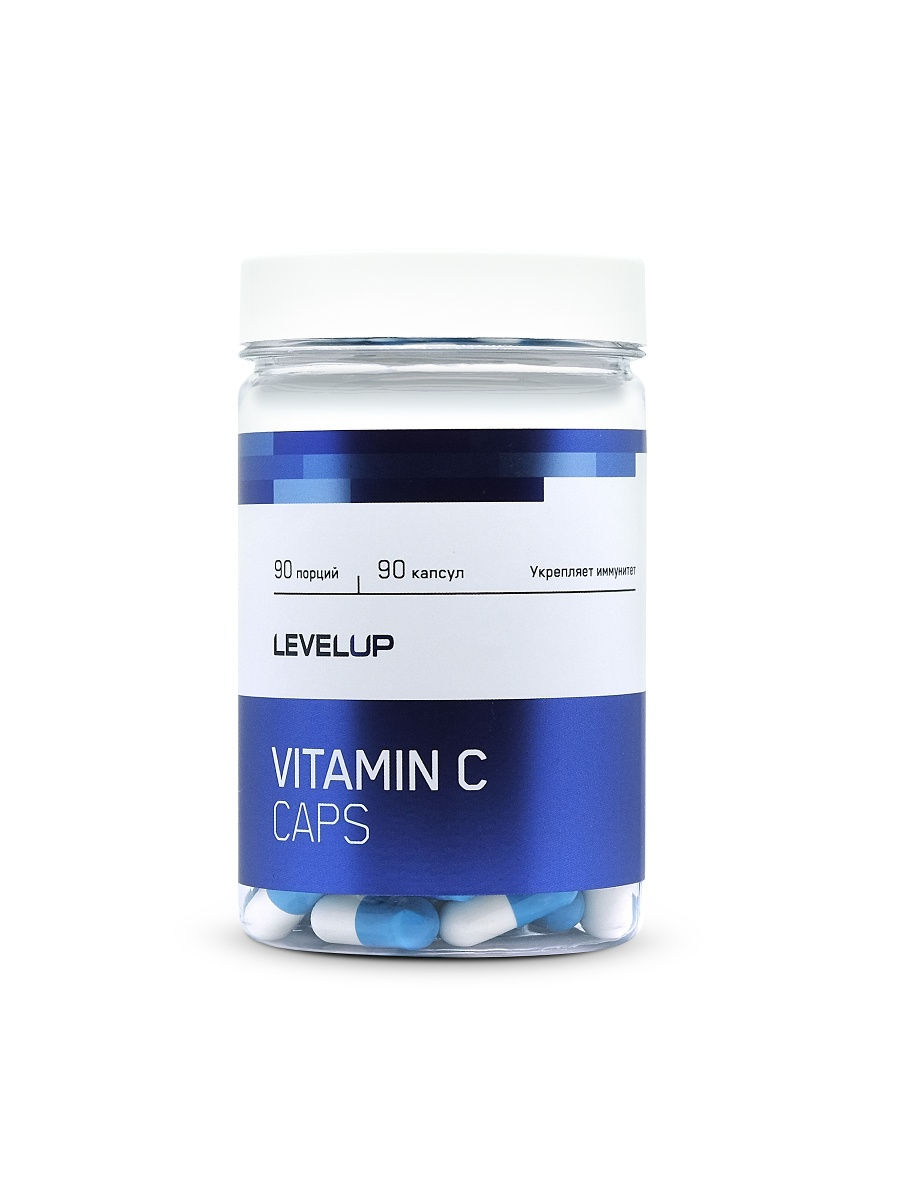
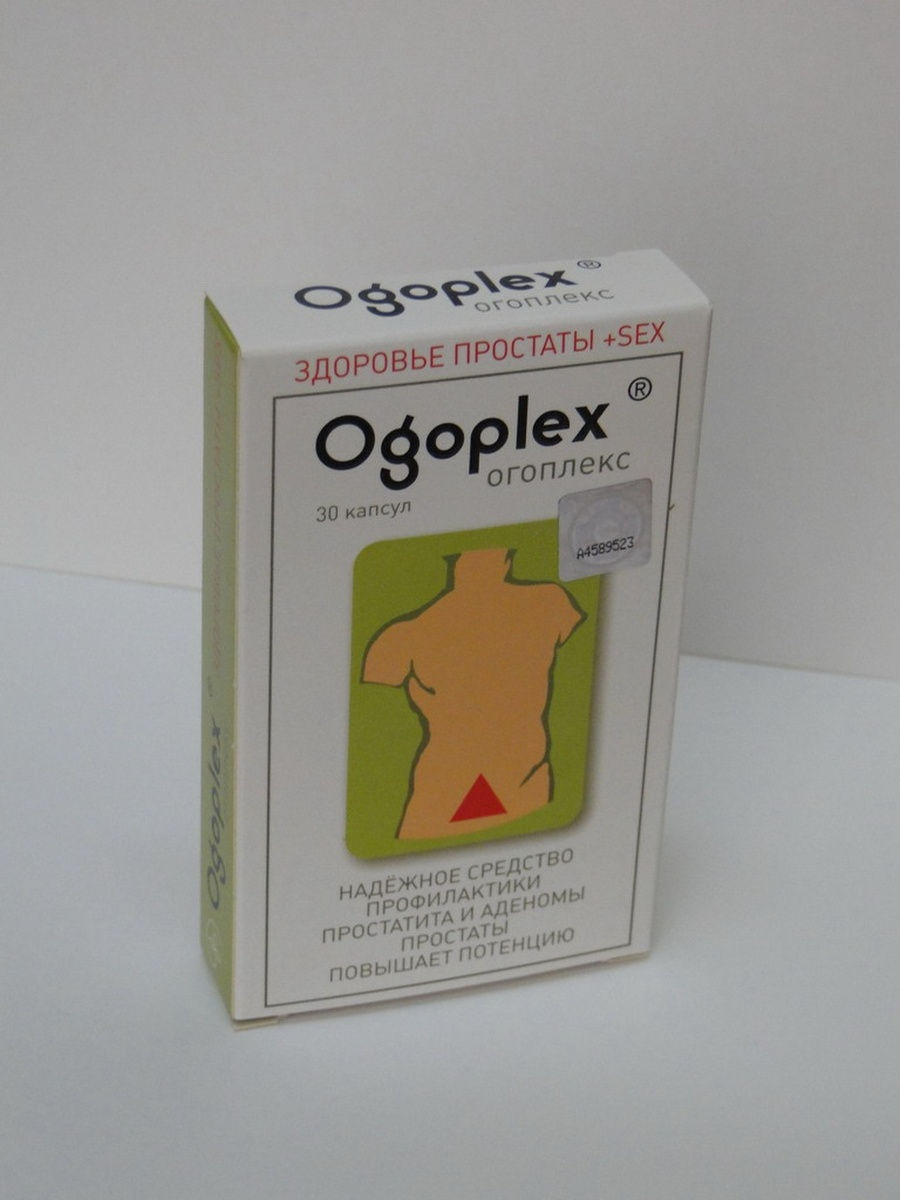
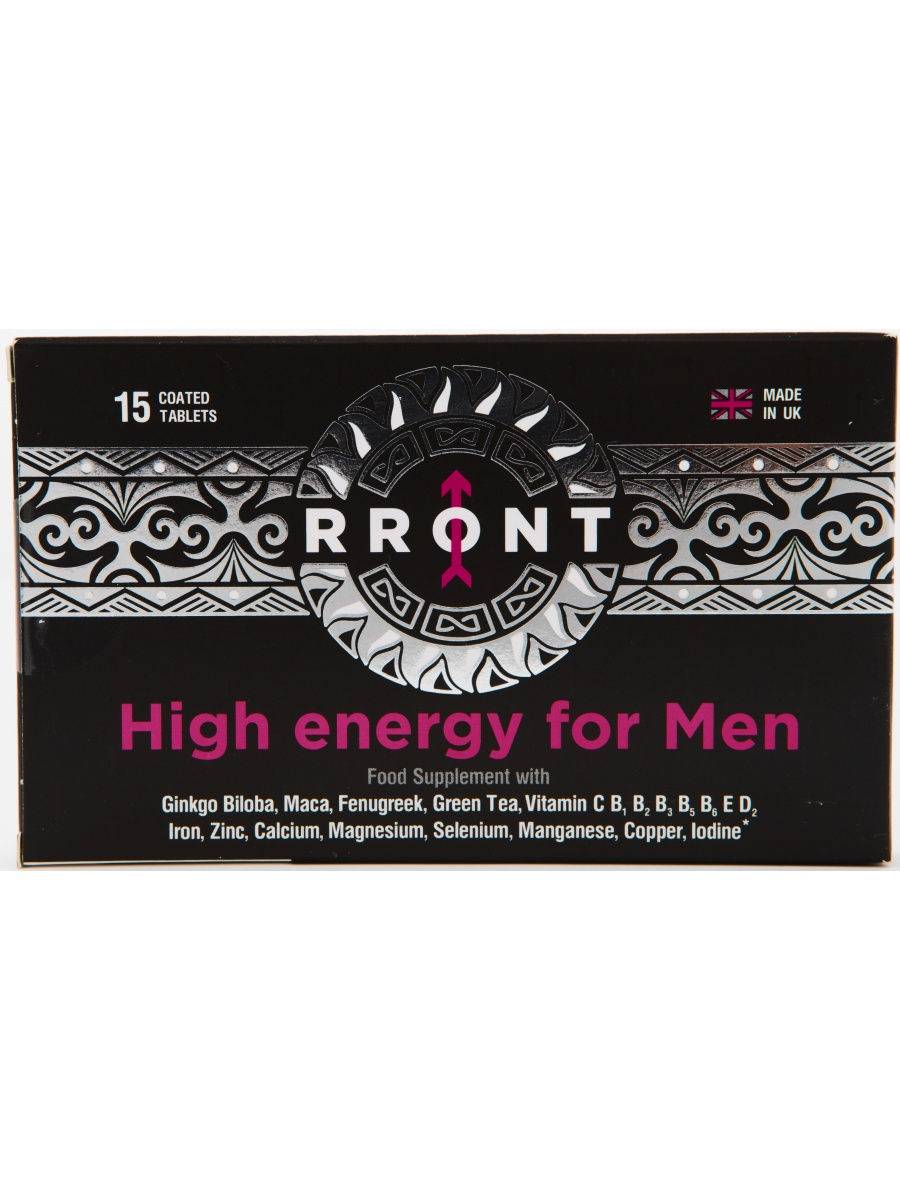
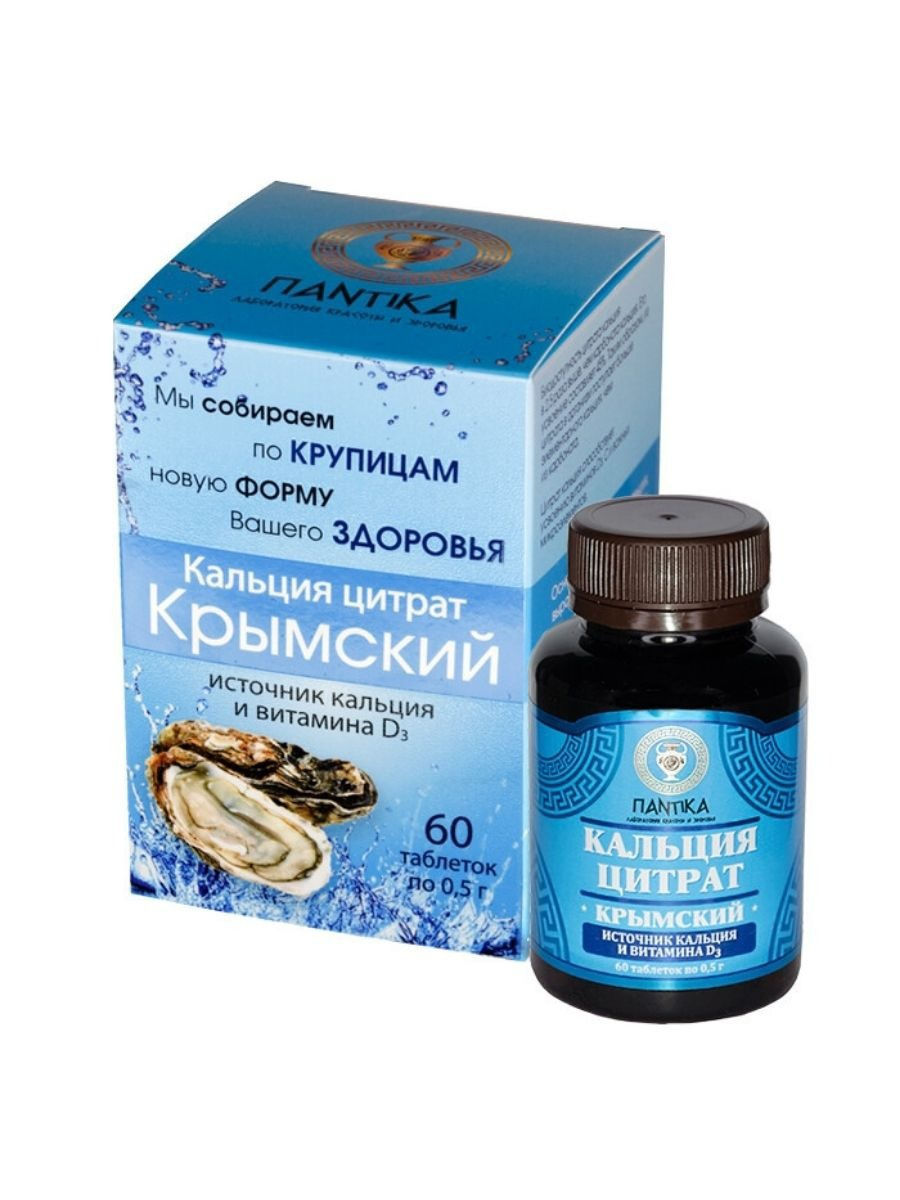





There are no reviews yet.